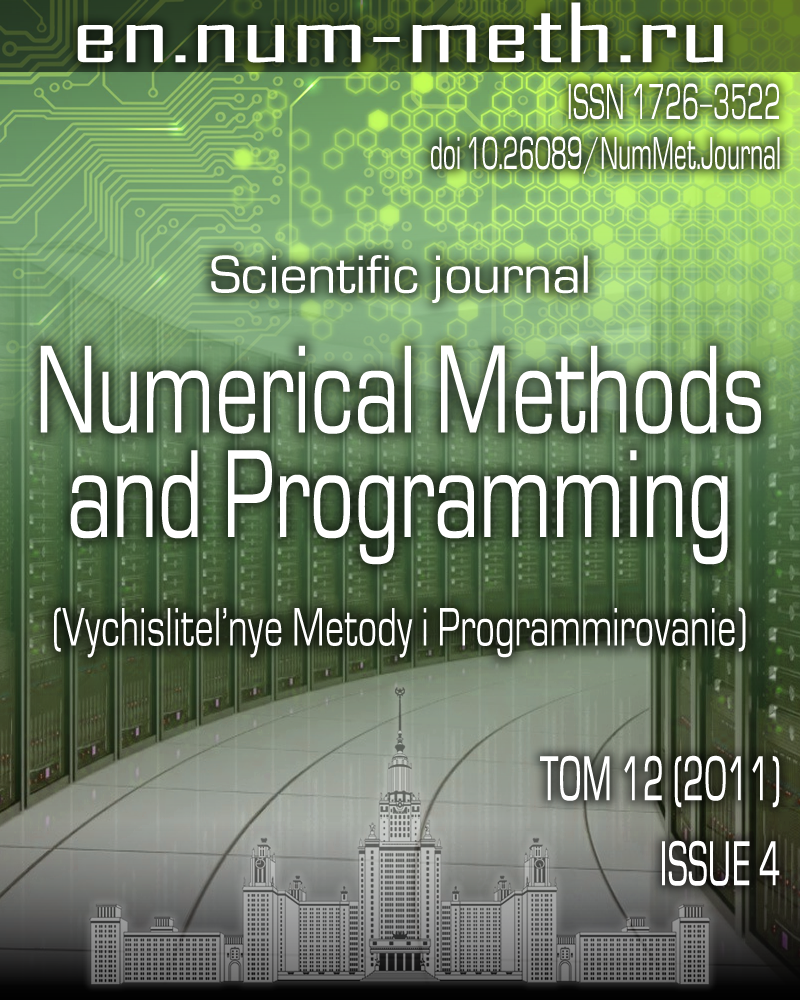Extraction and use of opinion words for the three-way review classification problem
Keywords:
knowledge acquisition
opinion word extraction
review classification
machine learning
Abstract
A new approach for the domain-specific opinion word extraction is proposed. This approach is based on several text collections and various statistical features computed using them. The extracted opinion words are used in the three-way review classification problem. In this problem, the reviews are divided into the following groupdf: «thumbs up», «so-so», and «thumbs down». In order to solve this problem, we use various features, such as opinion words, word weights, punctuation marks, and operator words that can affect the polarity of the next words.
References
- Pang B., Lee L. Thumbs up? Sentiment classification using machine learning techniques // Proc. of the Conference on Empirical Methods in Natural Language Processing (EMNLP). Philadelphia: ACL, 2002. 79-86.
- Whitelaw C., Garg N., Argamon S. Using appraisal taxonomies for sentiment analysis // Proc. of CIKM-05, 14th ACM Int. Conf. on Information and Knowledge Management. Bremen: ACM, 2005. 625-631.
- Pang B., Lee L. Opinion mining and sentiment analysis. Foundations and trends in information retrieval. Hanover, Massachusetts: Now Publishers, 2008.
- Pang B., Lee L. Seeing stars: exploiting class relationships for sentiment categorization with respect of rating scales // Proc. of ACL, 43rd Meeting of the Association for Computational Linguistics. Ann Arbor: ACM, 2005. 115-124.
- Tsur O., Davidov D., Rappoport A. ICWSM - a great catchy name: semi-supervised recognition of sarcastic sentences in online product reviews // Int. AAAI Conference on Weblogs and Social Media. Washington, DC: AAAI, 2010.
- Hu M., Liu B. Mining and summarizing customer reviews // Proc. of the ACM SIGKDD Conference on Knowledge Discovery and Data Mining. Seattle: ACM, 2004. 168-177.
- Esuli A., Sebastiani F. Determining the semantic orientation of terms through gloss classification // Proc. of the 14th ACM Int. Conf. on Information and Knowledge Management (CIKM-05). Bremen: ACM, 2005. 617-624.
- Turney P.D. Thumbs up or thumbs down? Semantic orientation applied to unsupervised classification of reviews // Proc. of the 40th Annual Meeting of the Association for Computational Linguistics (ACL). Philadelphia: ACM, 2002. 417-424.
- Hatzivassiloglou V., McKeown K. Predicting the semantic orientation of adjectives // Proc. of the 35th Annual Meeting of ACL. Madrid: ACM, 1997. 174-181.
- Manning C., Raghavan P., Schütze H. Introduction to information retrieval. Cambridge: Cambridge Univ. Press, 2008.
- Агеев М.С., Добров Б.В., Лукашевич Н.В., Сидоров А.В. Экспериментальные алгоритмы поиска/классификации и cравнение с «basic line» // Российский семинар по оценке методов информационного поиска. Санкт-Петербург: НИИ Химии СПбГУ, 2004. 62-89.
- Fan R.-E. , Chang K.-W., Hsieh C.-J., Wang X.-R., Lin C.-J. LIBLINEAR: a Library for Large Linear Classification // J. of Machine Learning Research. 2008. 9. 1871-1874. wreflabelbb13
- Четверкин И.И., Лукашевич Н.В. Автоматическая классификация отзывов на основе оценочных слов // 12-я Национальная конференция по искусственному интеллекту с международным участием (КИИ-2010). Москва: Физматлит, 2010. 1. 299-307.
- Маннинг К., Рагхаван П., Шютце Х. Введение в информационный поиск. М.: Вильямс, 2011.
- Kilgarriff A., Rosenzweig J. Framework and results for English Senseval // Computers and Humanities, Special Issue on SENSEVAL. 2000. 34, N 1, 2. 15-48.


